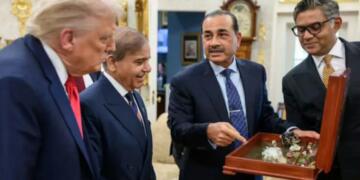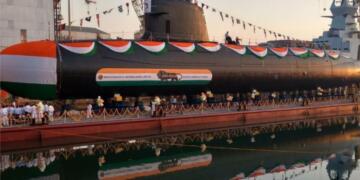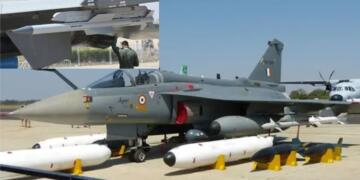India and Russia are exploring new ways to cooperate more closely, and that too in the backdrop of the ongoing Sino-India military confrontation. Securing Moscow’s support has emerged as a strategic goal for New Delhi. In this context, India’s first strategic port overseas at Chabahar in Iran has emerged as a real game-changer in Indo-Russia ties.
Situated in Iran’s Sistan-Baluchestan Province, this port opens up a new and cheaper trade route connecting India to Central Asia.
The port is actually going to facilitate India’s access to the Commonwealth of Independent States (CIS)- an intergovernmental organisation of post-Soviet States in Eurasia including the countries of Armenia, Azerbaijan, Belarus, Kazakhstan, Kyrgyzstan, Russia, and Uzbekistan. And therefore, Russia is also excited at the prospect of using the Indo-Iranian port for trading opportunities in the sub-continent.
Union Shipping Minister Mandaviya told PTI, “In a strategic development, loading and unloading of cargo has started at Chabahar Port. Container transport logistic cost to CIS countries will be reduced by 20 per cent through Chabahar. So far, cargo to CIS countries from India could be sent only via China or Europe.”
What Chabahar Port has done is that it has created a new route connecting India to Central Asia, and as a necessary corollary, it also helps Russia find a new route to the sub-continent.
Last year, Sergei Milushkin, Managing Director of Astrakhan Special Economic Zone in Russia had visited the Chabahar port. He was accompanied by Behrouz Aghaie, the Director General of Ports and Maritime Department of Sistan-Baluchestan Province.
Milushkin expressed his country’s readiness to invest in the construction of specialised terminals, including a container terminal and a liquid bulk terminal at the Chabahar port which is being jointly developed by India, Afghanistan and Iran.
Aghaie explained the potentials, capacities and capabilities of the strategically located port to the Russian official, and also responded to the latter’s interest in using the port for trade in this part of the world. Aghaie said, “There are no restrictions for the investment and transfer of goods through the Chabahar port for Russian investors and businesses.”
Meanwhile, the Chabahar port itself is gaining momentum as Iran has approved its integration with the Free Zone operating in the area. Also, an Afghanistan bank is going to open a branch here soon.
Arun Kumar Gupta, Managing Director of India Ports Global Ltd (IGPL) told Businessline, “The inclusion of the port in the Free Zone is expected to boost the cargo through the port.” IPGL is a subsidiary of the Sagarmala Development Company Ltd., a company controlled by the Shipping Ministry.
Gupta also feels that trade is upbeat with the reports of Ghazanfar Bank of Afghanistan opening a branch in Chabahar. He added, “It is understood that the bank has received requisite permit from Central Bank of Iran.”
The Shipping Minister himself seems content with the local infrastructure development underway in Chabahar. He said, “Chabahar Port is scaling up its operations drastically. India Ports Global Ltd terminal loaded 76 TEUs (twenty-foot equivalent unit) all refrigerated for India. This is record single loading and is a milestone in growth path of Chabahar Port.”
The Chabahar Port is being used extensively now. According to the Shipping Ministry, IGPL has handled container and bulk cargo vessels, as well as livestock and heavy lift cargo vessels. India, Afghanistan and Iran consider the Chabahar Port their gateway with the Central Asian nations.
The development of the Chabahar Port comes as a strategic impetus for India.
New Delhi has a robust Indo-Pacific strategy with democratic countries like the US, Japan and Australia joining hands with India to contain China in this region. But what about Eurasia and Central Asia? Except Afghanistan, the West has virtually no strategic presence in this region. The interests of the Western powers lie in the Western Pacific and South China Sea- far away from the Eurasian Region.
China, on the other hand, is building partnerships and investments in Central Asia, which is described as the centroid of new Eurasia. This could be a reason why China chose Ladakh which is nearer to Eurasia, instead of the Indo-Pacific to escalate tensions with India.
Eurasia as a region reaches right upto Pakistan. With a military build-up in Ladakh and a second front on the Indo-Pak border, China is trying to create a geopolitical nightmare for India in this region.
Russia too maintains military bases and presence in Central Asia. Fault-lines do exist in the informal China-Russia axis in Central Asia. The two countries both compete and cooperate in this region. With Chabahar creating opportunities for Indo-Russian cooperation, Moscow could swing in New Delhi’s favour at a crucial juncture of increasing hostility between India and China.


































